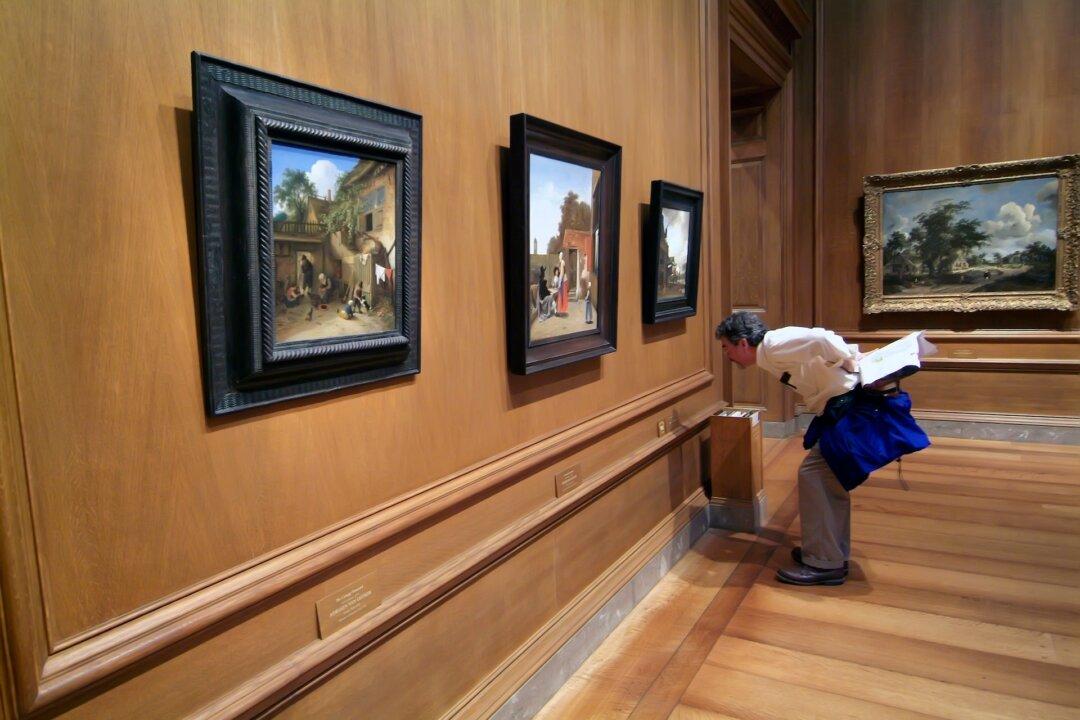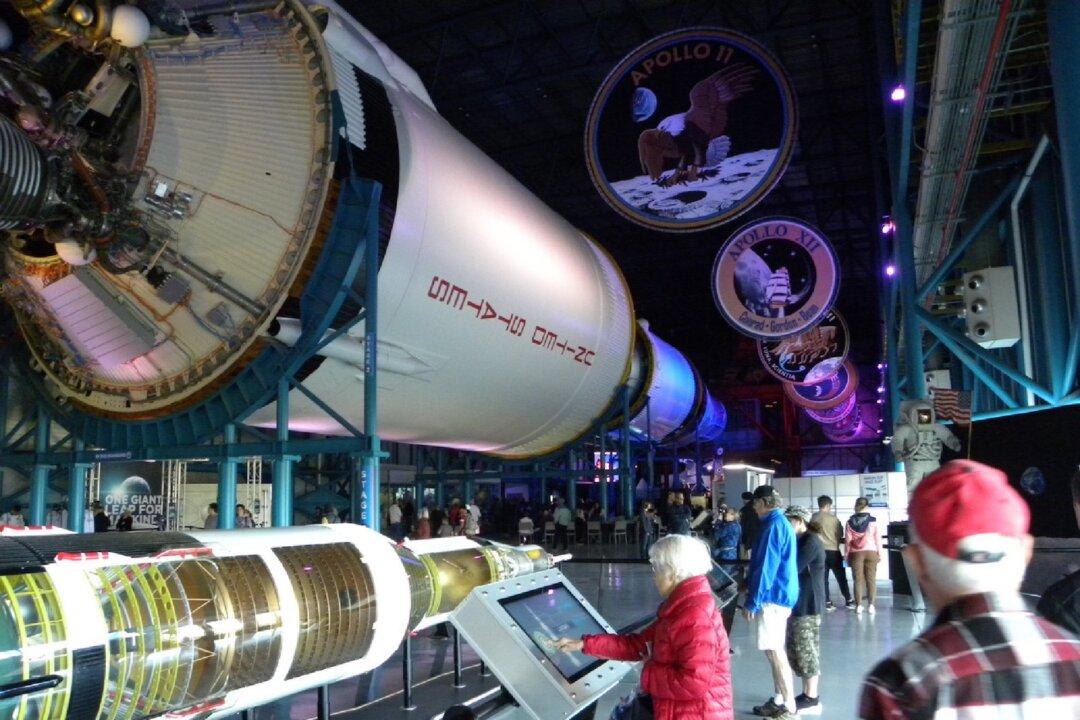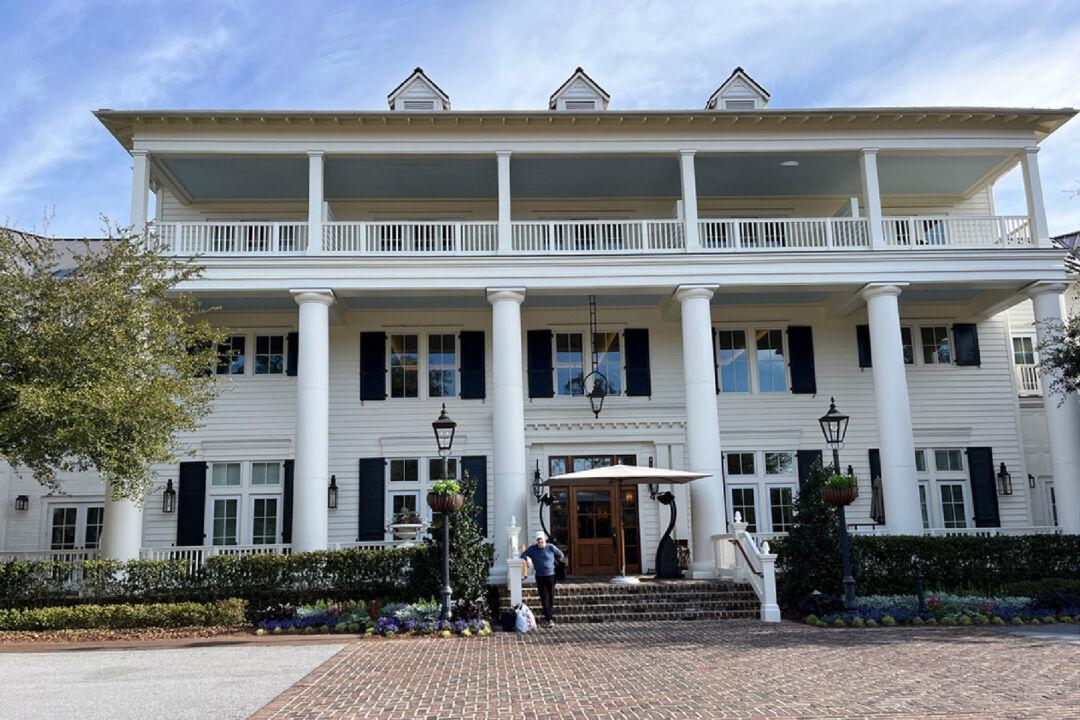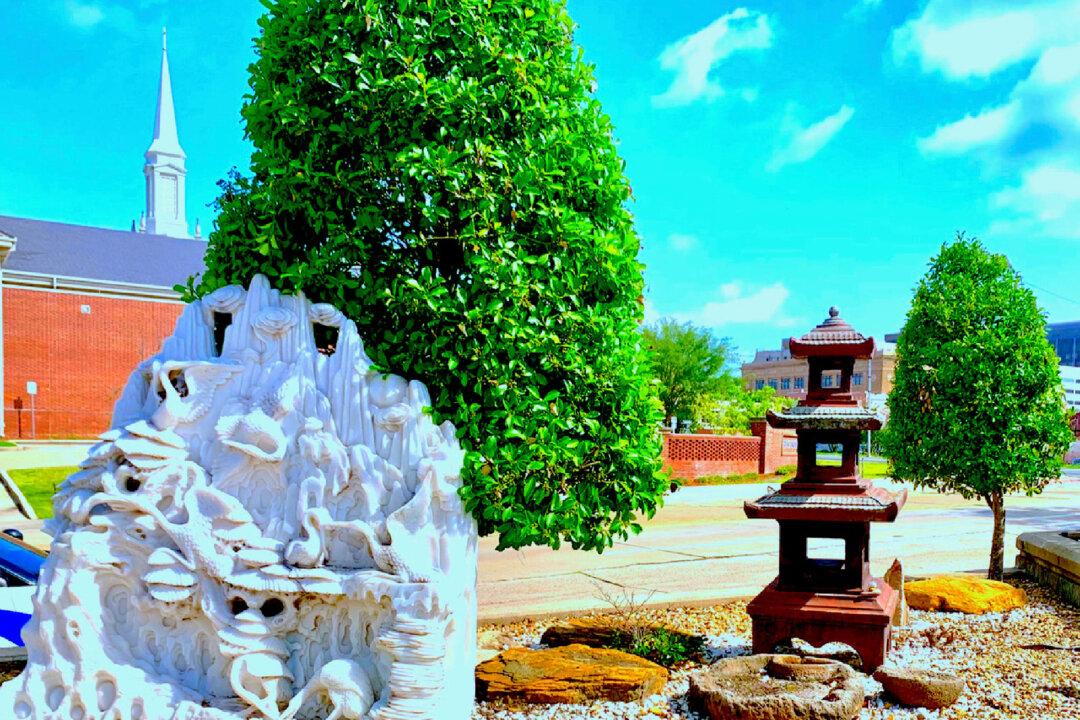We were in Washington, D.C., for a special performance of The Washington Ballet at the Dupont Underground, and as long as we were there, we wanted to take in as much of the nation’s capital as we could. There was plenty to do.
Like most visitors, our first stop was the National Mall to visit each of the dramatic monuments that stretch from the White House and the U.S. Capitol to the Washington Monument obelisk. Monuments honoring Thomas Jefferson, Abraham Lincoln, and James Monroe are near the World War II and Vietnam Veterans memorials, as well as the newest statuary wall honoring World War I veterans.





